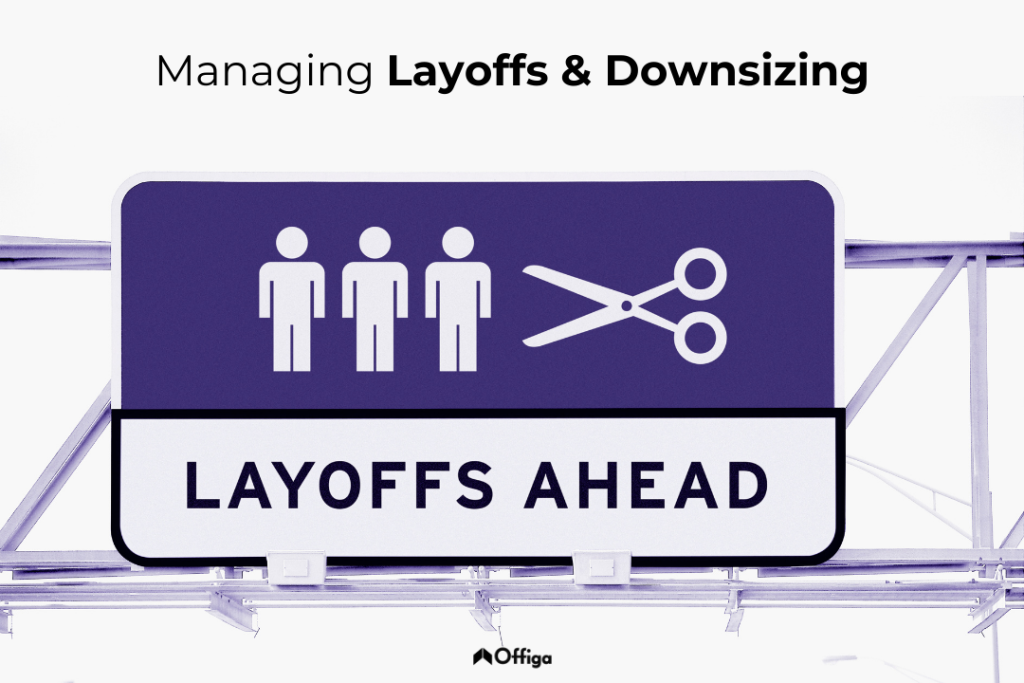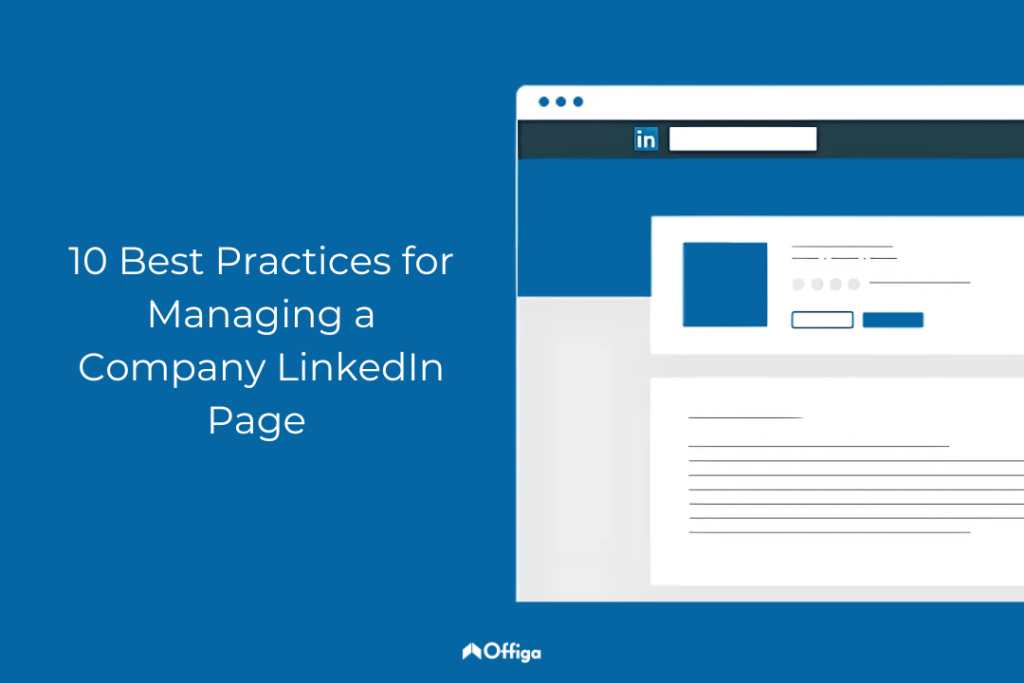Layoffs and downsizing are difficult but sometimes necessary realities for businesses. Managing these situations with empathy, transparency, and a focus on both the departing and remaining employees is crucial. A well-executed process can minimize disruption, preserve your company’s reputation, and support the well-being of your workforce. This guide provides HR managers with a comprehensive framework for navigating layoffs and downsizing effectively.
Plan and Communicate Transparently:
Develop a clear and well-defined layoff plan. This includes defining the criteria for selecting employees for layoff, determining severance packages, and outlining the communication strategy. Transparency is paramount. Communicate the reasons for the layoff honestly and openly to all employees, both those affected and those remaining.
Legal Compliance is Key:
Ensure full compliance with all applicable labor laws and regulations regarding layoffs, including notice periods, severance pay requirements, and any other legal obligations. Consult with legal counsel to ensure your plan is compliant.
Develop a Fair and Consistent Selection Process:

Establish objective and non-discriminatory criteria for selecting employees for layoff. Base decisions on performance, skills, and business needs. Document the selection process thoroughly to avoid any perception of bias or unfair treatment.
Provide Generous Severance Packages:
Offer competitive severance packages that include financial compensation, benefits continuation (health insurance, etc.), and outplacement services. A generous severance package demonstrates compassion and helps departing employees transition to their next chapter.
Offer Outplacement Services:
Outplacement services can provide valuable support to laid-off employees, including resume writing assistance, job search coaching, interview skills training, and career counseling. This helps them navigate the job market and find new opportunities.
Communicate with Empathy and Respect:

Layoff notifications should be delivered in person, with empathy and respect. Provide employees with the opportunity to ask questions and express their concerns. Be prepared to listen and offer support.
Support Remaining Employees:
Layoffs can impact the morale and productivity of remaining employees. Communicate openly about the company’s future direction and address any anxieties or concerns. Provide additional support and resources to help them adjust to the changes.
Maintain a Positive Employer Brand:
How you handle layoffs reflects on your company’s reputation. Treat departing employees with dignity and respect, and support them in their transition. This will help maintain a positive employer brand and attract top talent in the future.
Review and Iterate Your Process:

After the layoff process is complete, review and evaluate what worked well and what could be improved. Solicit feedback from both departing and remaining employees to refine your process for future situations.
Focus on the Future:
Once the downsizing is complete, shift your focus to the future. Communicate the company’s vision and strategy to remaining employees and work to rebuild morale and productivity. Reiterate your commitment to their success and the company’s future.
By following these guidelines, HR managers can navigate layoffs and downsizing with compassion, transparency, and a focus on minimizing disruption and supporting their workforce. A well-managed layoff process can help preserve your company’s reputation, maintain employee morale, and position your organization for future success. According to SHRM, effective communication during a layoff is crucial for maintaining trust and reducing anxiety among remaining employees. Furthermore, research suggests that companies that handle layoffs with empathy and respect are more likely to retain top talent in the long run.




